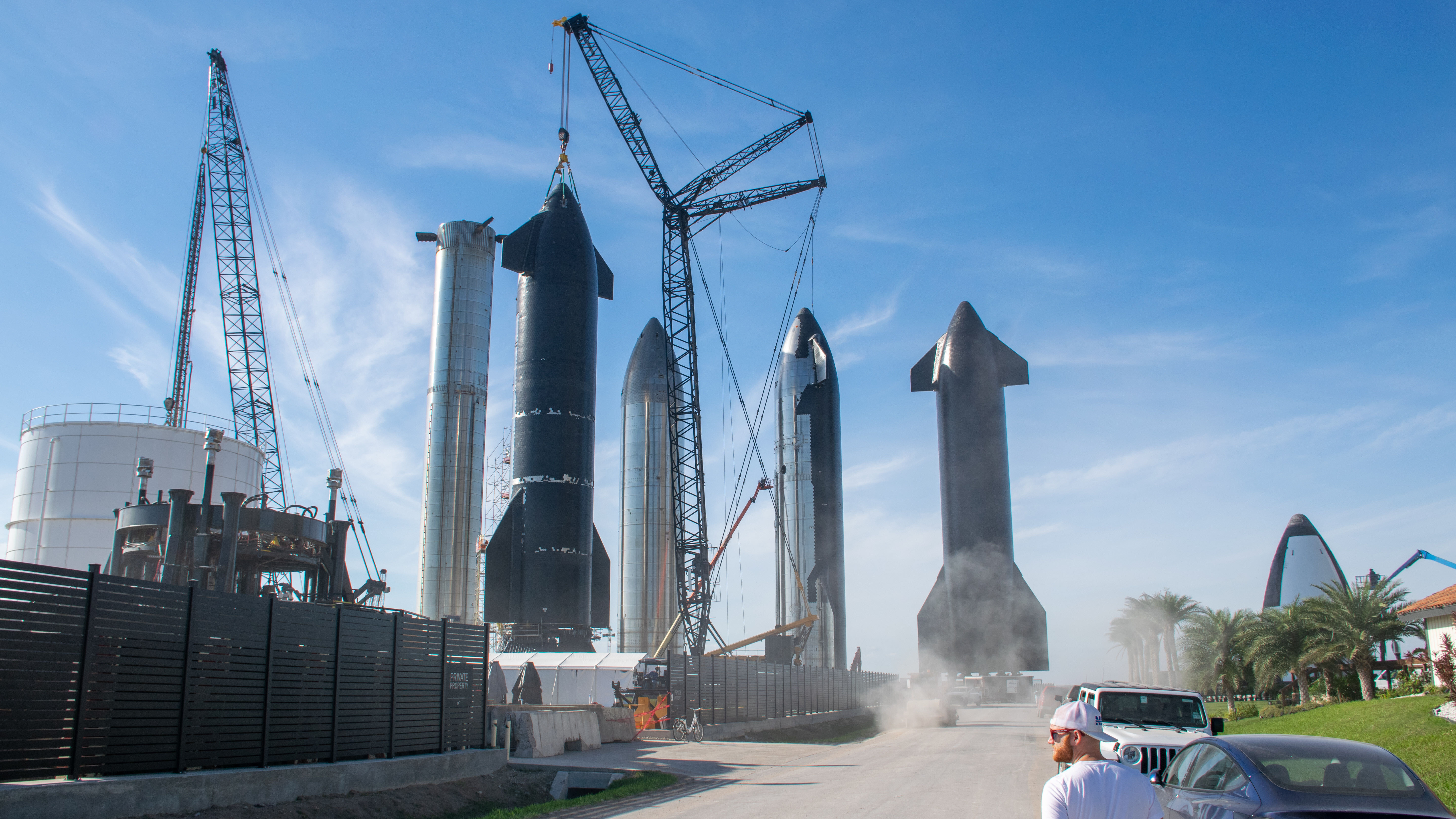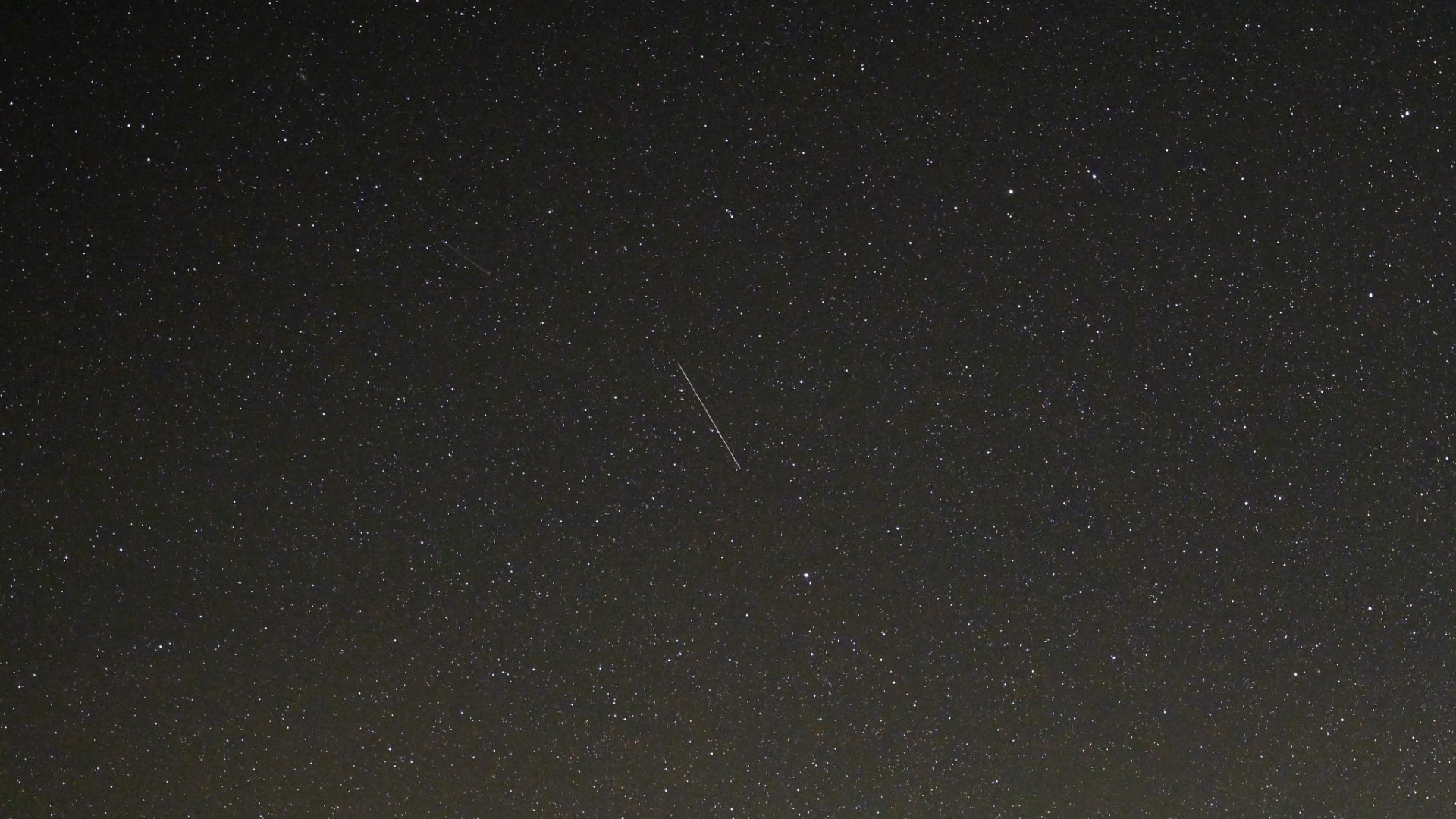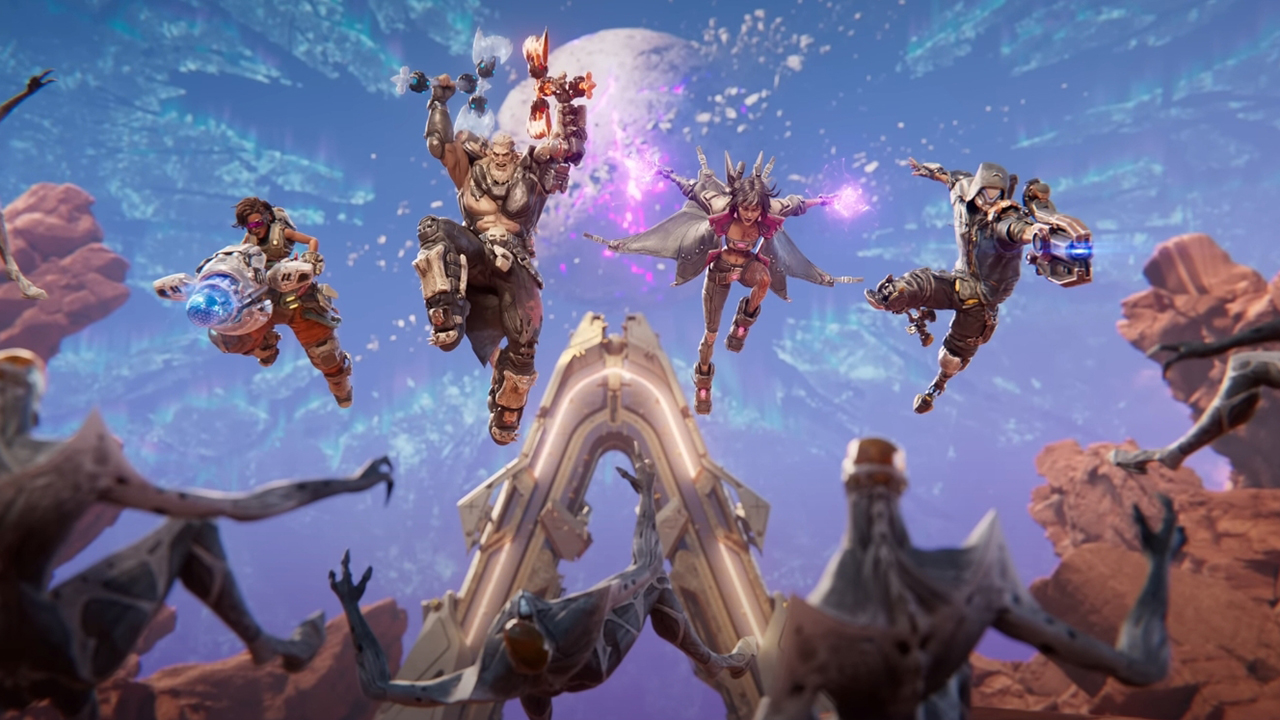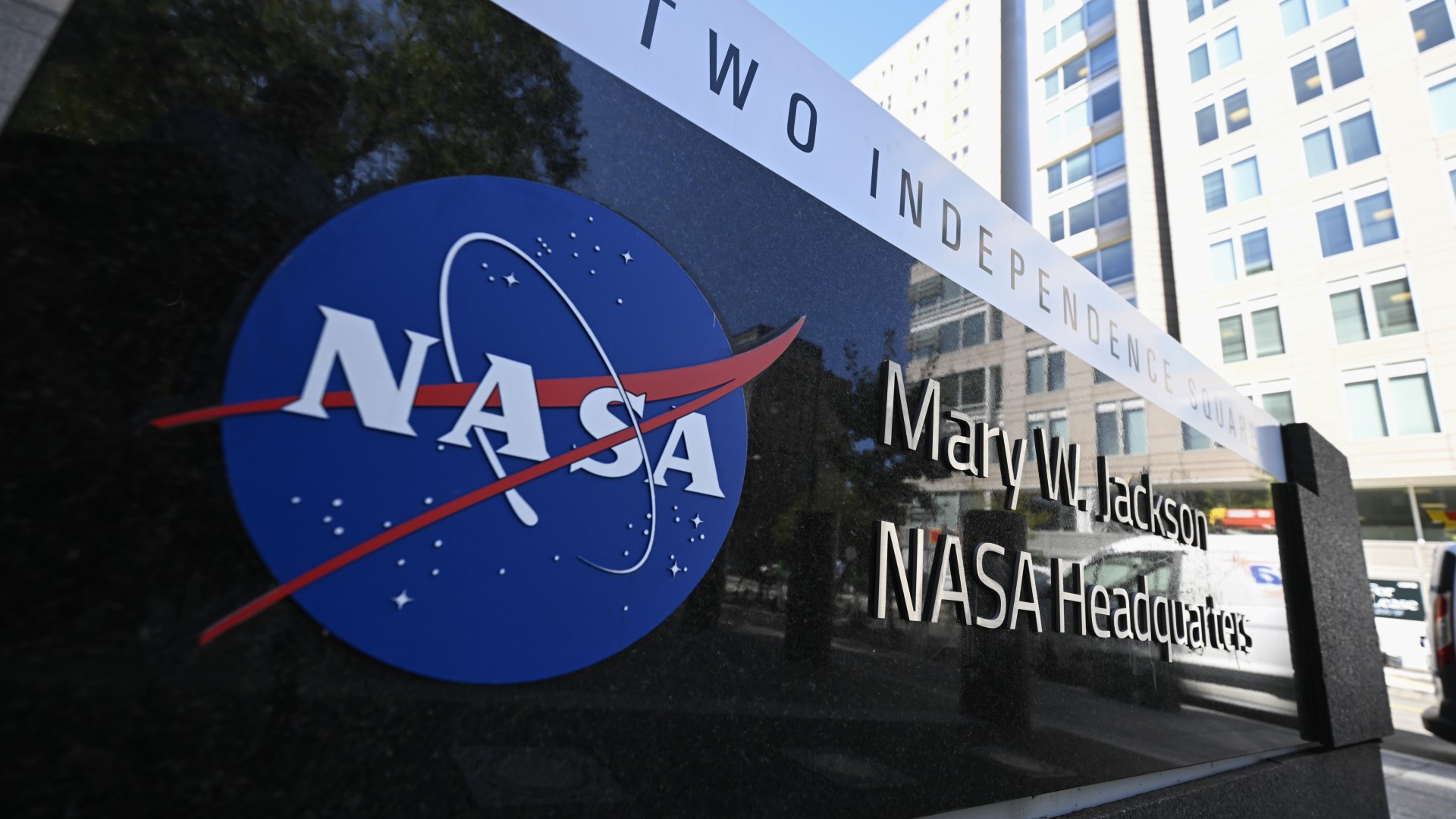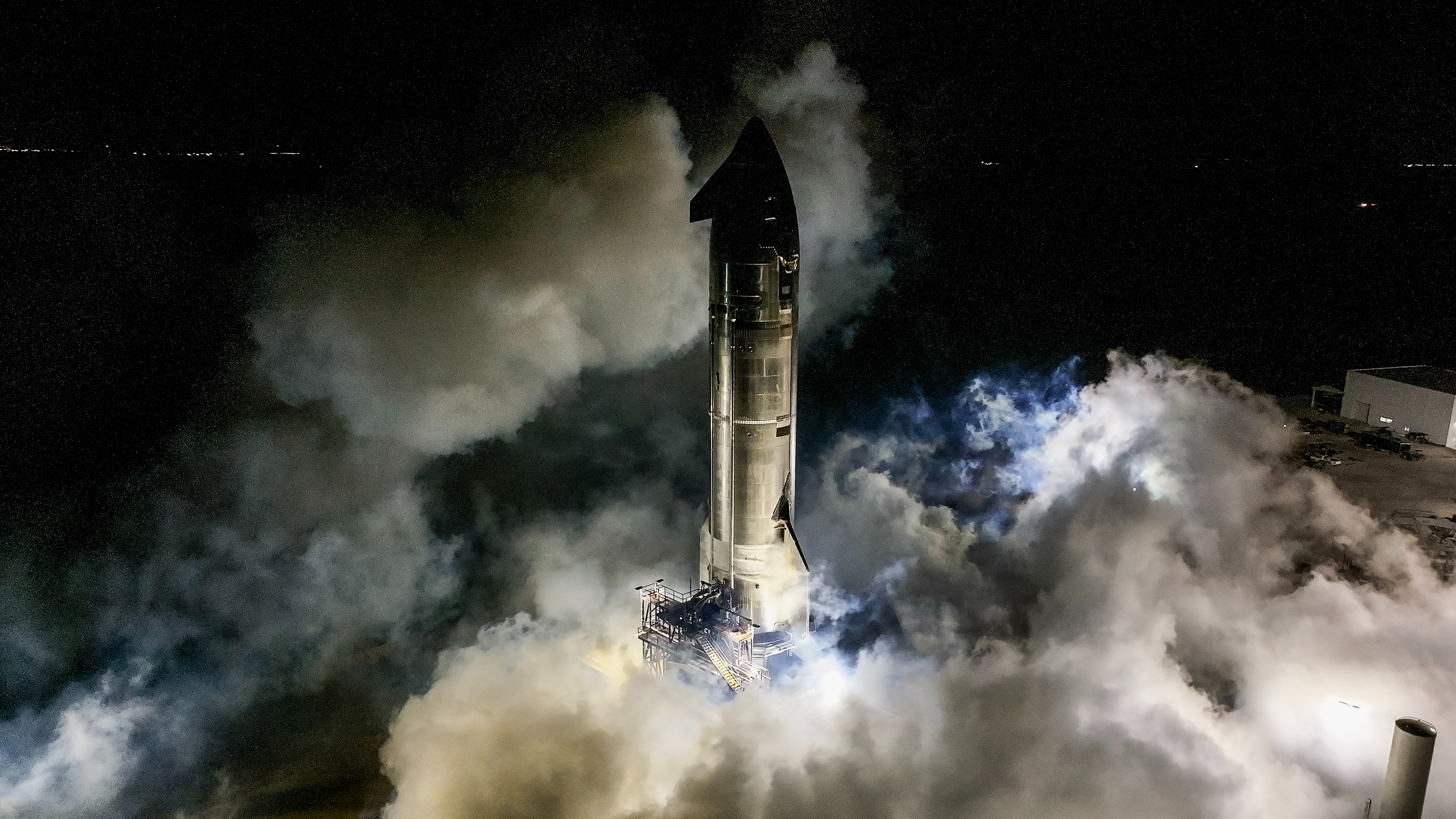NASA Robots Rove Through Caves for Underground DARPA Competition (Video)
The international robotics competition will be held in mining tunnels below Pittsburgh.
Robots from all over the world are about to go on a subterranean adventure, competing against each other in mining tunnels to determine which ones can best navigate and find objects underground and do so autonomously.
The Defense Advanced Research Projects Agency (DARPA) is hosting the Subterranean Challenge Systems Competition on Aug. 15-22 in Pittsburgh as a way to develop technology for the military and first responders to map and search subterranean areas.
A team led by NASA's Jet Propulsion Laboratory (JPL) will be one of 11 teams taking part in the competition with wheeled rovers, drones and climbing robots that can rise on pinball-flipper-shaped treads to scale obstacles, NASA officials said in a statement.
Related: Photos: Top 10 Space Robot Selfies

The same technology applied in the competition underground can also be utilized in space for future NASA missions that explore caves and lava tubes on other planets.
"By investing in this competition, we are investing in our future," Leon Alkalai, manager of the JPL Office of Strategic Planning, said in the statement. "There's no doubt that the next grand challenge for JPL and for NASA is to do more subsurface exploration."
The Collaborative SubTerranean Autonomous Resilient Robots Systems team (CoSTAR) is led by JPL, which has partnered with Caltech, MIT and KAIST. The 60-member team has a fleet of six robots on deck that will collaborate to navigate through the underground passages using artificial intelligence and locate hidden objects throughout the course such as cellphones and heated mannequins.
Get the Space.com Newsletter
Breaking space news, the latest updates on rocket launches, skywatching events and more!
JPL has taken part in previous DARPA competitions, most recently snagging fifth place during the 2015 DARPA Challenge with a disaster relief robot called Robosimian that will be used in future missions to explore icy moons.
"The big question for NASA is: Is there life beyond Earth? One of the main places to find answers to that question is subsurface environments because they are some of the most pristine locations, shielded from ultraviolet radiation and cosmic rays," Ali Agha, the principal investigator of CoSTAR's team, said in the statement
The tunnel circuit is the first leg of the competition, and the winners will move on to compete in three more stages; the Urban Circuit in February 2020, the Cave Circuit in August 2020 and the Systems Final in August 2021 for a final prize of up to $2 million.
- DARPA's Satellite-Servicing Robot to Get Another Shot
- NASA Wants Robots to Sniff Out Moon Pits for Astronaut Homes
- Nasa Is Developing 'Soft Robots' to Help Explore Other Worlds
Follow Passant Rabie on Twitter @passantrabie. Follow us on Twitter @Spacedotcom and on Facebook.
Join our Space Forums to keep talking space on the latest missions, night sky and more! And if you have a news tip, correction or comment, let us know at: community@space.com.

Passant Rabie is an award-winning journalist from Cairo, Egypt. Rabie moved to New York to pursue a master's degree in science journalism at New York University. She developed a strong passion for all things space, and guiding readers through the mysteries of the local universe. Rabie covers ongoing missions to distant planets and beyond, and breaks down recent discoveries in the world of astrophysics and the latest in ongoing space news. Prior to moving to New York, she spent years writing for independent media outlets across the Middle East and aims to produce accurate coverage of science stories within a regional context.


